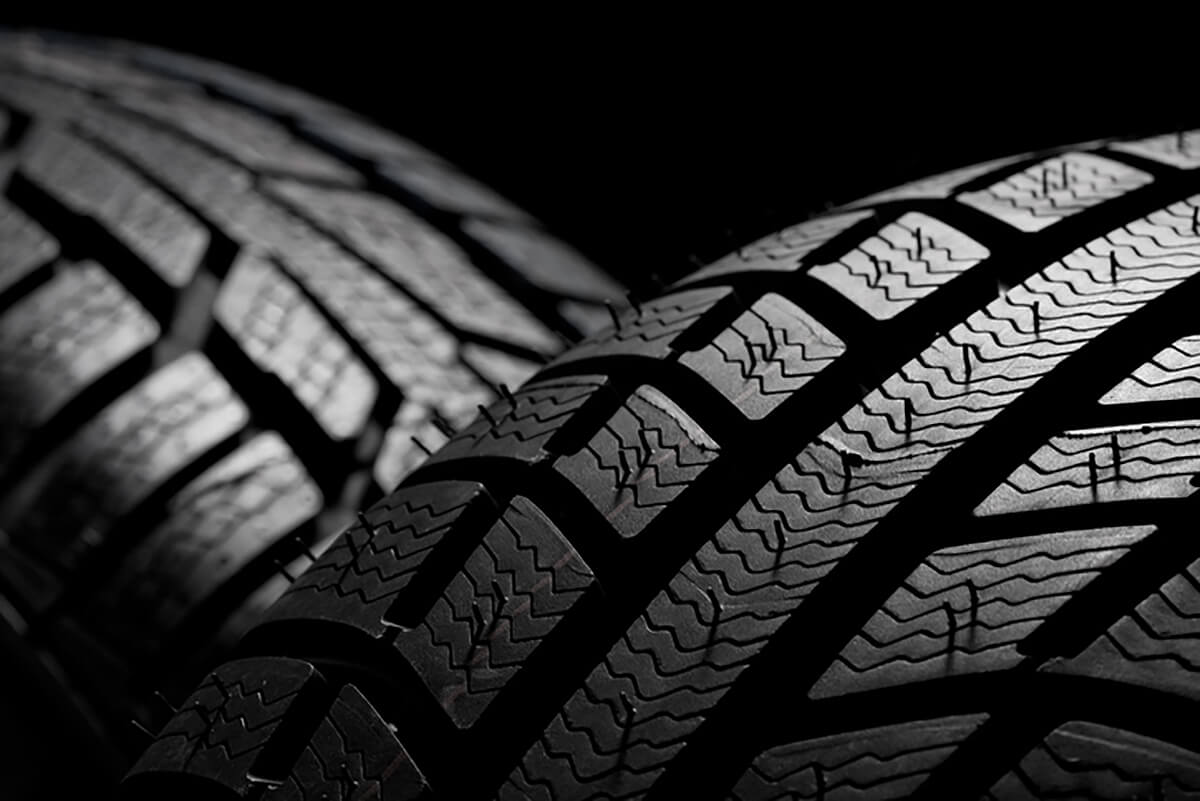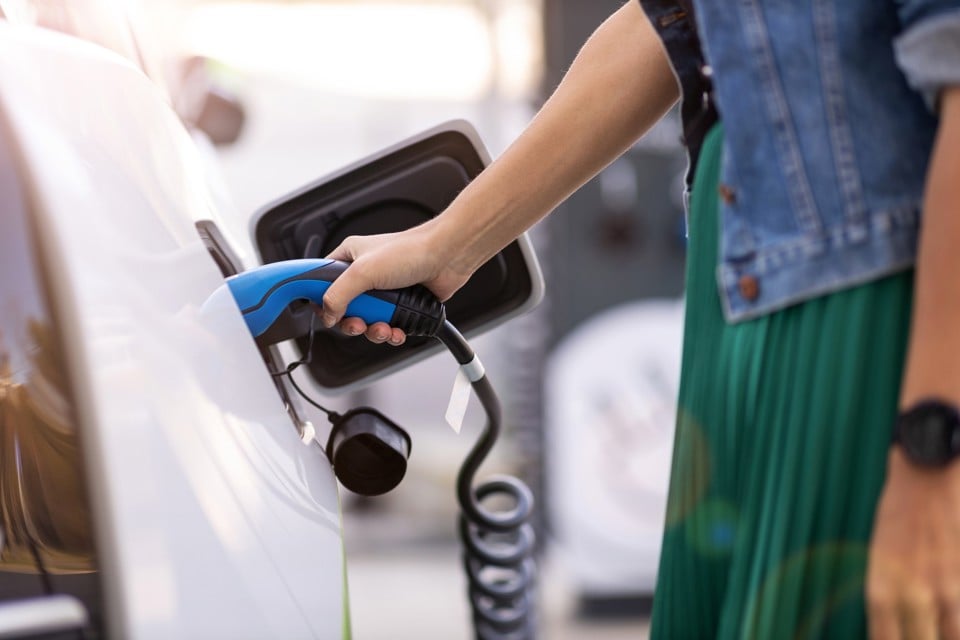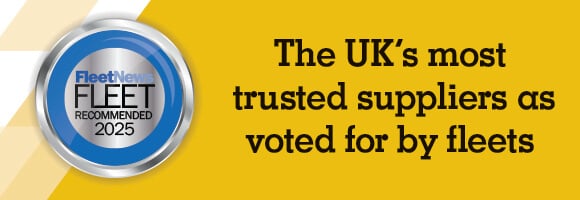Significant differences in the service, maintenance and repair (SMR) budgets allocated by vehicle leasing companies for the same electric vehicle (EV) can run into four figures, new research suggests.
The report, from the Association of Fleet Professionals (AFP) and Expense Reduction Analysts, exposes the real-world difficulties of setting budgets in what remains a relatively new discipline.
Leasing company SMR budgets for EVs have been the subject of discussions among fleets for some time, with some operators unbundling the SMR element from their lease to bring management in-house or employ a specialist third party.
Paul Hollick, chair at the AFP, said: “The fact is that EV SMR is a relatively new management discipline and, in most cases, setting an accurate budget is a long way from easy.
“There are few or no historical precedents and even the most well-informed experts have limited data available.”
He added: “There are lots of projections around of varying value but limited real world experience. Leasing company fleets are in the same boat as everyone else when it comes to this.”
However, the research found variations that in a few cases run into four figures between SMR budgets set for the same vehicle by different leasing companies.
“Our advice is that fleets should engage in an active dialogue with their suppliers where they feel that the budgets set are incorrect,” continued Hollick. “This is very much an industry conversation.”
The research also found that certain leasing companies seem to favour certain manufacturers, specific models and even types of EV when it comes to setting budgets.
Hollick explained: “Generally, dedicated EV manufacturers have much lower servicing budgets applied by leasing companies compared with other brands, we have found, particularly when set alongside the German premium manufacturers.”
Tyres dominate EV SMR budgets

The report breaks down the different elements of EV SMR and finds that the budgets allocated to tyres are the most problematic.
“Tyres make up the vast majority of EV budgets and it does seem clear that these vehicles tend to wear them out faster than petrol or diesel cars, while the tyres themselves are generally more expensive and sometimes are designed with lower tread,” said Hollick.
“This expense can largely counteract the lower servicing and inspection costs EVs enjoy compared to internal combustion engined vehicles.”
Furthermore, Hollick says that the increased weight of EVs and their high torque levels mean that wear rates will depend very much on how vehicles are driven, leading to large potential variances in cost even from driver to driver.
“All of this represents a higher financial risk to lessors and could account for a large part of the budgetary variances we are seeing,” he said.
Data from Epyx, released in September, revealed that tyres fitted to EVs being operated by fleets are not lasting as long as those on petrol and diesel cars.
On average, it found that EV tyres lasted 6,350 fewer miles than those fitted to petrol or diesel cars.
The first tyre change for electric cars is taking place at an average of 17,985 miles and 551 days old, compared to 24,641 miles and 585 days for hybrids, and 24,335 and 670 days for petrol and diesel cars.
The research from AFP and Expense Reduction Analysts shows that, on average, two thirds of an EV maintenance budget was taken up by the cost of replacement tyres.
There was a split between Tesla and Polestar models where tyres were 70% to 80% of the SMR budget compared to the premium German brands where tyres were mostly around 55% to 65%.
The remaining brands varied widely generally between 55% and 80%.
Copies of the EV SMR Report are available to AFP members only.
For more on tyre cost, technology and management frome Fleet News, with a look at the evolving tyre landscape, click here.






















NigelBoyle - 19/12/2023 11:40
Its probably the same with Aston Martins and Jaguar F Types. When ever someone gets more power they take year getting used to not flooring the throttle the whole time!